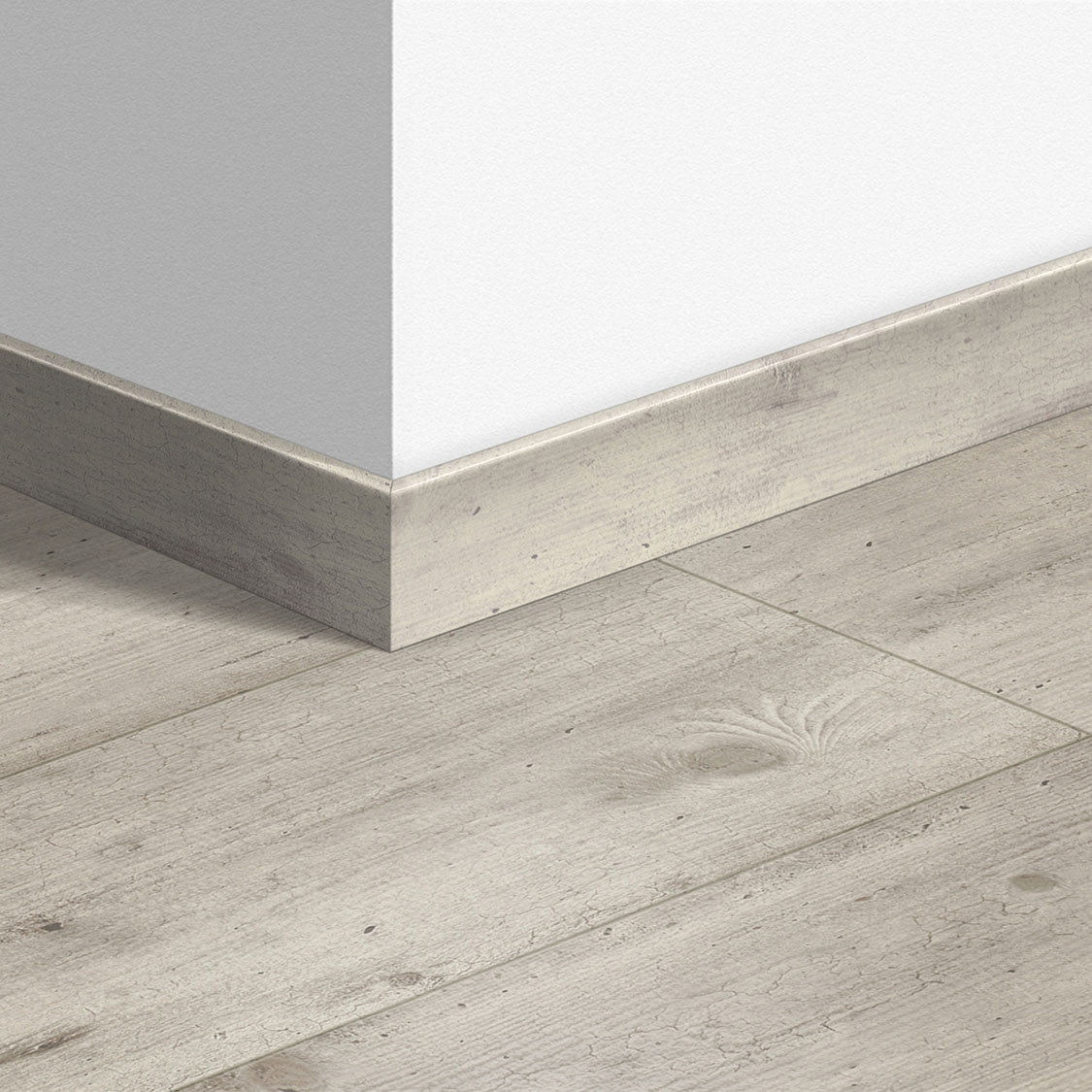
Room Decorated with skirting board looks lovely and brings a place to live. Skirting boards protect the walls from everyday knocks and offer an extreme level of durability and resistance. Skirting boards come in different materials includes both softwood and hardwood. Softwood is prevalent in a cheaper range of timbre, but the more quality and durable skirting boards are made from solid oak
You can buy the skirting boards by your choice, but many people don’t know how to fit the skirting boards. The process of installing the skirting boards is defined below step by step-:
Removing Old Skirting Boards before mounting
To install the new skirting boards, it is essential to remove the old ones. Removing the old skirting is very simple, and you can do this with a crowbar and hammer bolster chisel. Some part of the skirting boards may have been fixed with nails or screws, which will be challenging to detect as the front heads are covered with filler. If you can find the actual screws, you may be able to remove the screws before removing the old boards.
Fixing the new boards
Before setting the original skirting boards, you will have to prepare the corners of the boards to meet the edges of the room. Most of the sides are square, so you have to adjust them, the miter cut would usually be 45 degrees, and you have to do accurate cutting of such frequent cuts, miter blocks can also be purchased pre-cut at this angle. Mitre boxes are best for cutting skirting boards, as they give better control.
A non-flat floor may leave ugly spaces below the skirting. To solve this issue, you can mark and cut out the bottom of the skirting so that it should follow the profile of the floor. You can fill the gap with small wedges under the skirting board until it is leveled. Your new skirting board should be of the same height as the old one; otherwise, it will leave a gap between the top of the skirting and bottom of the plaster, which will need to be repaired.
Fixing and Adjusting It to the Wall
To Stick and adjust the skirting board to the wall, a grab adhesive is best, especially if you want to stain or varnish the boards. It depends on how straight the wall is and how thick it is. If you have a stud petition wall, you can nail the skirting to the wall, or if you are placing skirting on a brick wall, you have to knock wedges into gaps between the bricks, and then you can nail into the wedges.
If you have a long wall room or hallway, you may need to make joints before reaching a corner. You can then join the fittings later.
These days a vast range of tools are available in the market, which makes fitting and skirting very simple and easy. With little practice, you can be fitting craftsmen.
